In the serene valley of Parvati River, Kasol has everything to attract the crowd, specially the youths from Delhi NCR and Punjab. It has a beautiful river valley, the Himalayas in the backdrop, the pristine forest, multi-cuisine restaurants that offer mouth-watering foods, young and beautiful crowd…a trip possible in dirt cheap rates…what else does a traveller need? But, interestingly, Kasol has something else to attract the large young crowd from India and abroad other than the natural beauty. That something else is a kind of Hashish, locally made of the leaves of cannabis and considered among the finest in the world. Kasol is a very obvious destination for the youths from Delhi and Punjab to enjoy the famous weekend parties in the backdrop of the Himalayas. And, these parties have the ample supply of this interesting stuff – Puff or in desi language “Maal”. During my journey, 90 % co-travellers responded that they were there to enjoy the Puff only. Soothing beauty of the Himalayas, tranquil flow of Parvati River and some beautiful short treks in the vicinity are few added advantages. Apparently, when I was approaching towards this much hyped town of Kasol, I had a mood swing and rather than stopping at Kasol, I moved further to Manikaran.
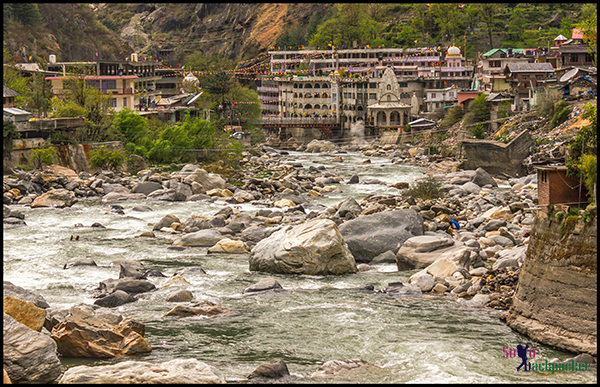
This happened in the month of April. Parvati Valley was a long pending trip. Actually, that idea never took a shape because of the heavy crowd rushing to Kasol during normal days. The mad rush always kept me away from the valley, and during this trip also, I was actually interested in Tirthan Valley, but finally landed in Parvati Valley.
I moved out from Delhi without any specific plan for a weekend, just wanted to spend at least 3 nights in the various villages in Himachal Pradesh. Manali, Parasher Lake, Tirthan Valley, Parvati Valley…few places were in my mind, when I boarded an ordinary bus in the night from Delhi to Manali. It was a 13-hours long tiring journey from Delhi to Bhuntar, and in between I decided to visit Parvati Valley for next 4 days.
Despite of a tiring journey, the first look of Bhuntar was completely refreshing. It is a beautiful town, situated along the left and right bank of Parvati River, amidst the lush green surrounding of the Himalayas. The confluence of Beas River with Parvati River makes it an ideal place for the tourists. Bhuntar is also a famous river rafting destination, where we can enjoy the adventures of river rafting in the Beas River.
I couldn’t afford to spend more time in Bhuntar, since my destination was further ahead in the Parvati Valley. I wanted to spend a night at Kasol, before moving further towards Kheerganga Trek. But, as I said earlier, I changed my mind and moved directly to Manikaran.
Manikaran is a small town, blessed with a Sikh Gurudwara, the temples of Lord Rama and Lord Shiva, few more temples and many hot springs. The town attracts a large number of crowds from the northern part of India, specially the pilgrims visiting to Gurudwara. This pilgrimage crowd is different from the puff seeking youths; however, the youngsters arriving in Kasol normally visit the town of Manikaran also.
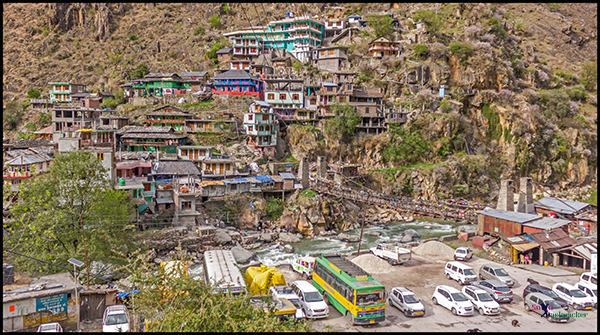
After the bus journey of approximately 15-16 hours from Delhi to Bhuntar and then Bhuntar to Manikaran, the Gurudwara was the much needed place. It has every facility that includes accommodation, food, toilets, bath etc. The entire gurudwara complex is well maintained.
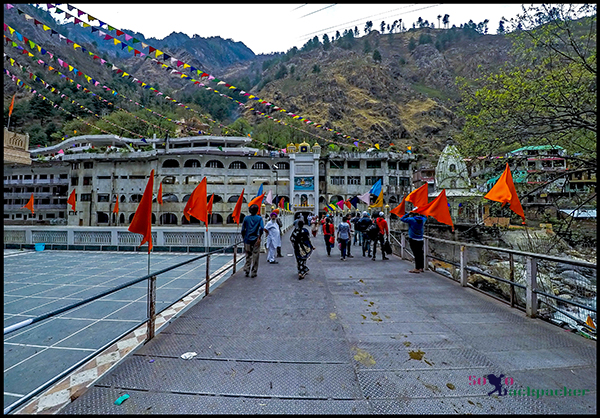
There are two bathing pools in the Gurudwara premises; the bigger one is after the car parking, adjacent to the river bridge, and another one is after crossing the river bridge in the Gurudwara building. Toilet facility is available adjacent to both pools. There is a separate pool for ladies inside the Gurudwara building adjacent to the gents’ pool, but no bathing pool is available for the ladies near the first bathing pool closed to the car parking.
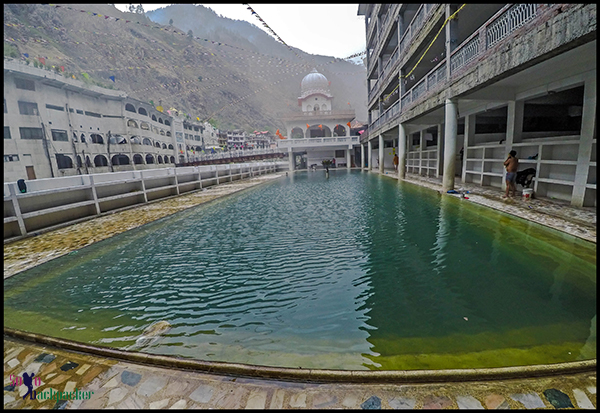
I entered in the larger pool, and the water appeared unbearably hot. It was very difficult to sustain there for more than one or two minutes after a single entry. However, the body was completely refreshed after the bath. It was just like a natural sauna bath. All tiredness of the long journey vanished instantly. It is believed that the water of the hot spring has healing powers, it cure all skin diseases/ muscular pains and cleanse the souls. Whatever, the experience is eternal and everlasting.
I moved further on the bridge across the river to enter in the main building of Gurudwara. There is another bathing pool near the entrance; a separate pool is also there for the ladies. Beyond the bathing pool, there is an interesting room, known as the Hot Cave. The heat can be sense from a distance while approaching towards the hot cave. Although there is a shoe stand where we can remove our shoes before entering in the hot cave, a lot of people remove their shoes anywhere outside and it is perfectly OK. The interior of the hot cave has a large area, where many people sit or lay down on the floor to enjoy the healing power of the heated surface. It is a perfect place to relieve the back pains or muscle aches.
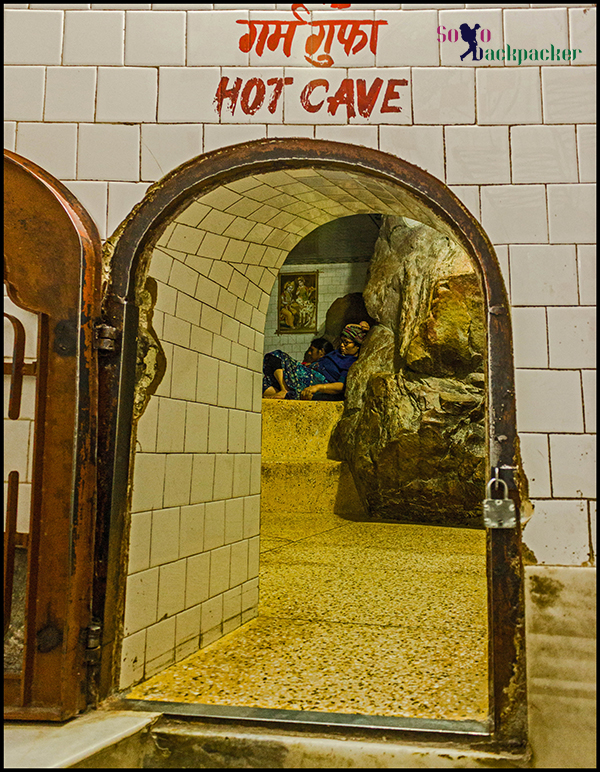
The ambience of hot cave was so relaxing that I wanted to spend hours inside the room lying down on the floor. However, I reluctantly moved towards the Darbar Sahib, the main worship place of the gurudwara. It is mandatory to cover the head with the handkerchief or any clothes before entering in to the Darbar Sahib. In case someone don’t have a handkerchief, a piece of cloth is also available at the entrance. The chant of Shri Guru Granth Sahib goes on inside the Darbar Sahib. Many people sit there to chant and pray. On a side, “prasad” is available in the form of Halwa. Photography is allowed inside the hall, but selfie or clicking the companion photographs is not allowed.
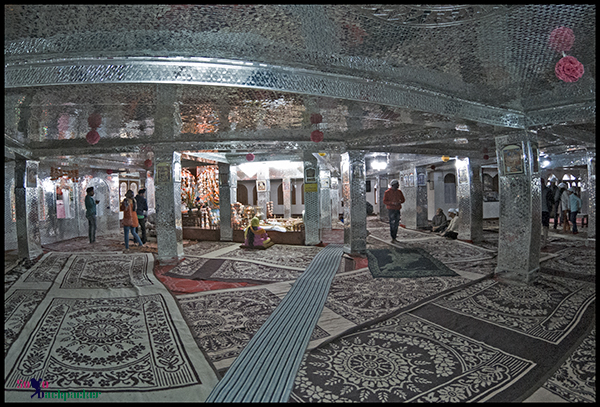
Suddenly, I started feeling very hungry and moved towards the langar ( a large dining area offering free foods to the pilgrims). It is again mandatory to cover the head before entering in the langar. Anybody can go inside to take the meal known as the “prasad”. We are supposed to pick the utensils before sitting for the meal. After eating the meal, the utensils should be washed by the pilgrims, but that is only desirable. It is really amazing to realize that thousands of pilgrims get free meals every day in such a remote location in the Himalayas.
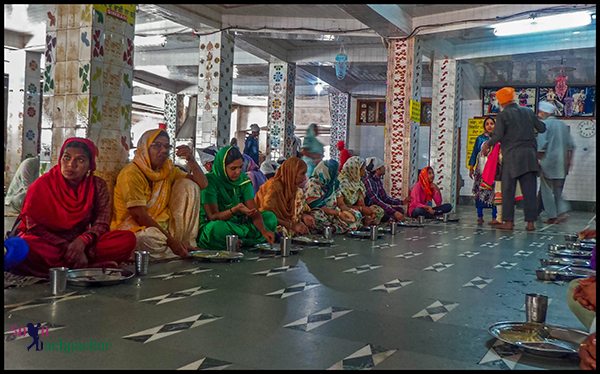
I walked out from the back side of the gurudwara and went to the Shiva Temple. The temple is just like an ordinary temple. I circumnavigated the temple. At 2-3 places behind the temple, the hot fumes were rising from the river bed. Few meters away, the decorated coloured flags hanging over the bridge created a divine experience.

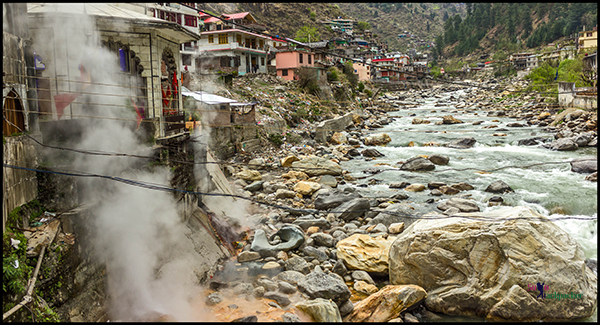
Outside the temple, there is a remarkable statue of Lord Shiva placed on a wall near the hot pool. The angry mood of Lord Shiva in this statue is very unique. Due to the hot fumes from the pool, the statue of Lord Shiva turned into black. The water in the hot pool is boiling hot to cook the rice within 20 minutes. A person was selling rice and chickpeas in the small packets nearby. People had hanged rice and chickpeas into the boiling water in small packets to boil it. After 20-30 minutes, the rice and the chickpeas were almost cooked and people took them as “Prasad”. All rice of the gurudara’s langar is also getting cooked in the same pool.
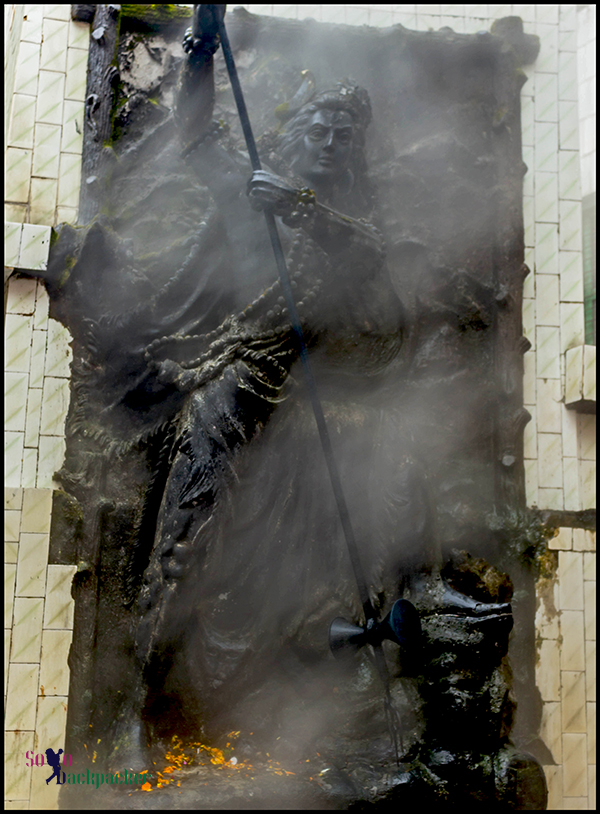
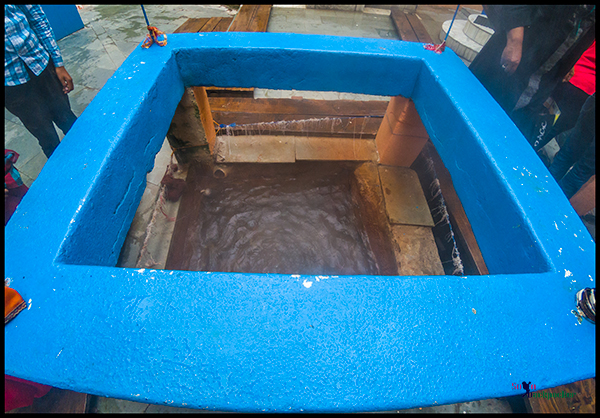
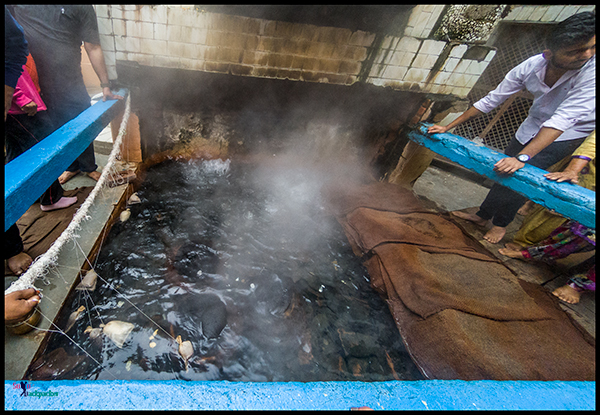
Moving out from the temple, there is a small marketplace with many shops on the both sides of a narrow lane selling all kinds of stuff like prasad, religious offerings, idols, clothes, toys, cosmetics etc.
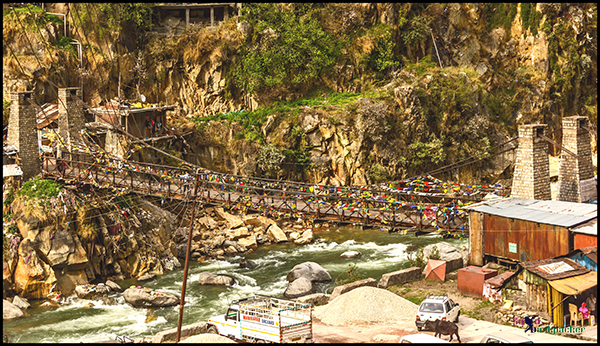
At the end of the narrow lane, there is a vast complex of many Hindu temples along the main road that include Ram Temple, Naina Bhagwati Temple, Hanuman Temple, Vasuki Nag Temple, Ram Kund , Sita Kund etc. Few hot springs and bathing pools are also there. It feels that Manikaran sits over a massive spring of hot water and the water found many vents to come out from the earth’s crust. There is actually no end to the nature’s magic in the holy town of Manikaran.
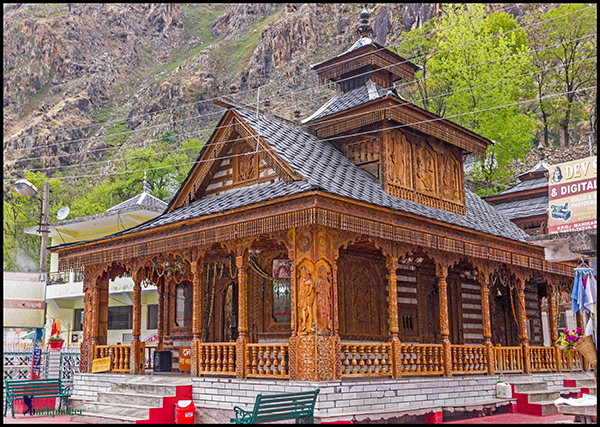
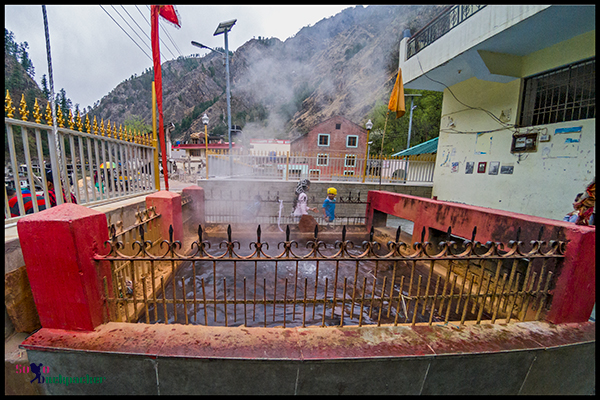
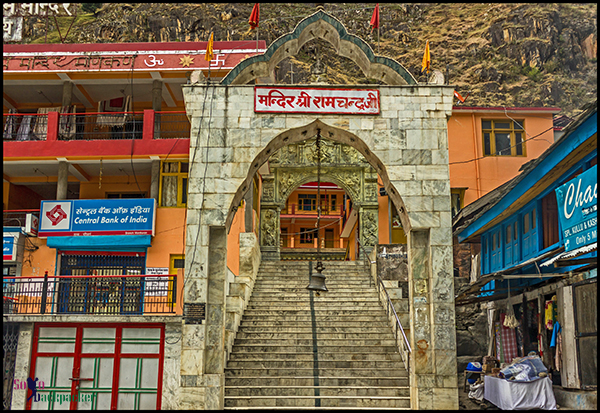
I was completely mesmerized with the serene atmosphere at Manikaran, but I had to move ahead for the Kheerganga Trek. Kheerganga is another heaven nestled in the beauty of the Himalayas. Since, our generation missed the Hippie Movement of 1960s; visit to Kheerganga is just like a flashback of that era in the 21st century, at least, in my opinion. Legacy of the Hippie Movement, may be… let us wait for the next post.
How to Reach Manikaran? Public buses are available from Bhuntar to Manikaran at frequent intervals (30-45 minutes) from sunrise to sunset. Few of these buses also go beyond Manikaran towards Barsheni. While going from Delhi, Bhuntar is about 10 kms before Kullu, on the main highway. The local bus stand for the buses to Manikaran is about 100 meters downwards from the main highway near the residential colony of Bhuntar Airport.
Where to Stay? The cheapest accommodation is available at Manikaran Gurudwara. Budget hotels and guesthouses are available in the town. Lot of decent and expensive options are also availabel at Kasol, 3 kms before Manikaran. Many homestays, cafes and restaurants are available in that 3 km area of Kasol, Choj and Manikaran.


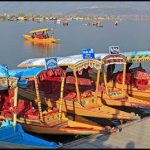
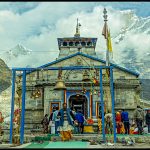
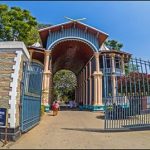
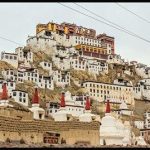
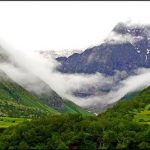
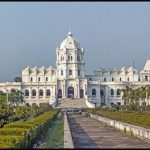
such beautiful place near Manali.Would love to visit during my next himachal trip.
That photo of Shiv, is truly beautiful. brought shivers down my spine ,
Lovely read. Manikaran’s experience summarised beautifully. I visited many other temples here, hope to make a post someday 🙂
मणिकरण के बारे में संपूर्ण जानकारी से भरा हुआ आपका लेख वैसे तो मनीकरण में एक बार पहले गया हूं लेकिन आपके लेख से लगा है है कि एक बार और जाना चाहिए
जाइये। पहाड़ तो जितनी बार भी जायें, कम ही लगता है।